Gokōnomiya Shrine|御香宮神社
Overview
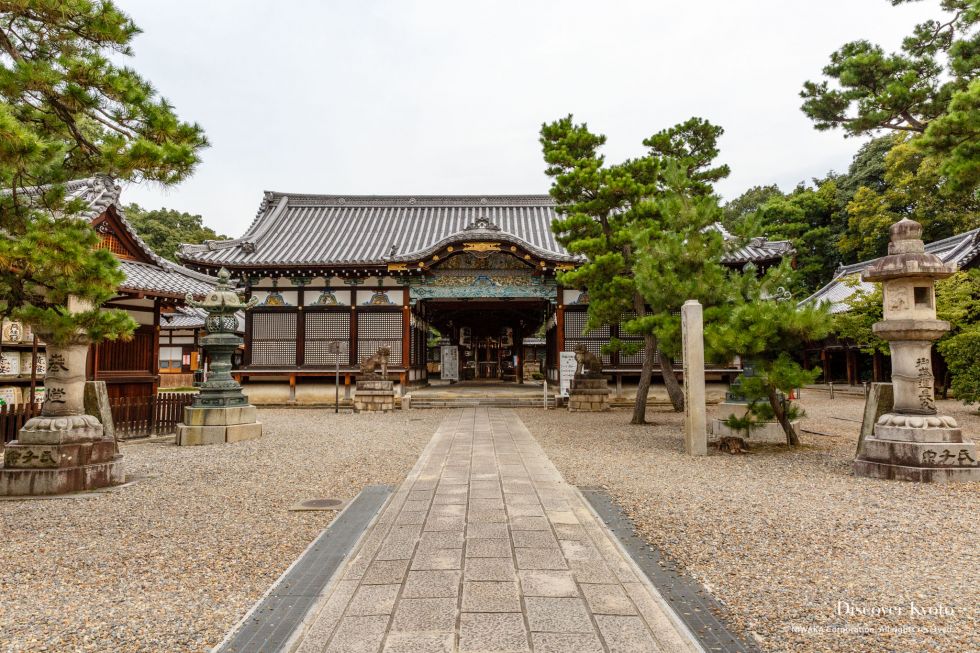
Located in Fushimi Ward, Gokōnomiya Shrine is famous for its pure spring water and prayers for safe childbirth. If you’re in Fushimi to check out the local sake breweries you won’t want to miss this shrine, where brewers have been praying for centuries to improve their product. Containing a stone garden, Gokōnomiya Shrine also stands out for its colorful and vibrant Momoyama-style architecture, with gorgeously renewed woodcarvings in a water motif.
The Fushimi area is famous for its sake breweries, and the local businesses are staunch patrons of the shrine
Features
Pure Spring Water
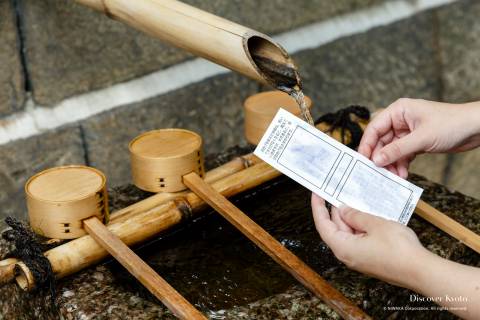
Since 862 Gokōnomiya Shrine has been famous for its natural spring water, which was said to have a particularly pleasant aroma. The spring, which dried up in the Meiji period but was later restored, is still popular with the locals, who bring empty plastic bottles to the shrine to fill up and take home. The water is said to have both healing and protective qualities, and is considered one of the top 100 natural water sources in the country. The Fushimi area is famous for its sake breweries, and the local businesses are staunch patrons of the shrine, seeing as their business relies heavily on pure water. There is a large sago palm tree (sotetsu) on the shrine grounds that is native to more tropical regions whose health in Kyoto’s climate is attributed to the spring water. The spring can be found just to the left of the entrance to the main sanctuary, and you are free to take some away with you if you have a bottle.
Woodcarvings
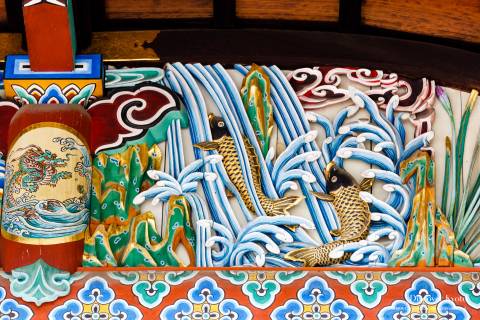
Made up of pieces transferred from Toyotomi Hideyoshi’s Fushimi Castle, the main sanctuary and worship hall gate of Gokōnomiya Shrine are decorated with vibrantly painted wood carvings characteristic of Hideyoshi’s favorite lavish Momoyama-style artwork. The gate has a particularly striking water motif, with turquoise waves and cerulean waterfalls splashing over the wood and other carvings of flowers and clouds. The main sanctuary and worship hall were both built in the early 1600’s during the height of the Momoyama style’s popularity, and since the shrine carried out a renewal in 1990 the colors pop just like they would have hundreds of years ago.
Kobori Enshū Rock Garden
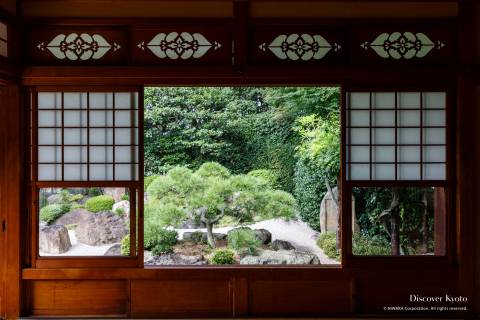
The Enshū Yukari no Sekitei is located behind the shrine’s office. The stones used here were originally in a garden designed by the famous Kobori Enshū 350 years ago for the Fushimi Ward Magistrate’s Office. Transferred to Gokōnomiya Shrine after World War II when its original location was going to be turned into a residential area, the Enshū Yukari no Sekitei contains a water basin with a rare inscription from the 15th century, and the resident maple tree drops colorful orange leaves onto the rock garden below in the autumn season.
History
It is unknown when exactly Gokōnomiya Shrine was founded, though records note reconstruction was carried out in 862, indicating it had been founded long enough before that date to need repairs. Gokōnomiya Shrine is famous as the foremost shrine in the area to pray for a safe childbirth, enshrining Empress Regnant Jingū as its principle kami deity alongside Emperor Chūai, Emperor Ōjin and six other emperors.
Though the shrine was originally known as Mimoro Shrine, once a spring opened on the property its name was changed to Gokōnomiya Shrine. One legend regarding the change is that the water from the shrine’s spring had a naturally sweet smell, leading Emperor Seiwa to give it the name “Shrine of Aromatic Water”.
It is said that the famous warlord Toyotomi Hideyoshi had a prayer answered at Gokōnomiya Shrine. Because of this, when he built the nearby Fushimi Castle in the 1590’s he had Gokōnomiya Shrine moved to the northeastern “demon gate” of the castle to protect it from malign influences. However, after Hideyoshi’s death the successor of Japan, Tokugawa Ieyasu, had the shrine returned to its original location in 1605.
Gokōnomiya Shrine served as the headquarters of the Satsuma province imperial loyalist samurai involved in the Battle of Toba-Fushimi that took place in 1868 between pro-imperial forces from Satsuma (Kagoshima prefecture), Chōshū (Yamaguchi prefecture), and Tosa (Kōchi prefecture) and their opponents, pro-bakufu government forces. Miraculously, the shrine survived this large-scale conflict.
Renewal work carried out in 1990 included restoring the colorful woodcarvings of the shrine’s Momoyama-style architecture.
Events
January 1st | First Water of the New Year Ritual (Wakamizu Shinji) |
|---|---|
January 7th | Seven Herbs Porridge Ritual (Nanakusa Shinji) |
February | First Archery Ritual (Oyumi Hajime Shinji) |
April 17th | Reitaisai Festival |
July 31st | Summer Purification (Chinowa Shinji) |
September | Dedication of Nō Theater (Shinnō Hōnō) |
October | Shinkōsai |
November 15th | Ohitakisai Fire Ritual |
December | Ritual for the First Brewing (Jōzō Hajime Shinji) |
Access
Address
〒612-8039 京都市伏見区御香宮門前町174
| TEL | 075-611-0559 |
| FAX | 075-623-0559 |
Admission
- General Admission: ¥0 (¥200 for rock garden)
- Students: ¥0 (¥150 for rock garden)
Hours
- General Admission: 09:00 – 16:00
- Closed: Never (the garden may be closed during festival periods)
Transportation
- JR Line ⇒ Momoyama Station ⇒ 5 minutes walking
- Keihan Line ⇒ Fushimi Momoyama Station ⇒ 5 minutes walking
- Kintetsu Line ⇒ Momoyama Goryō-mae Station ⇒ 5 minutes walking
- Kyoto City Bus ⇒ Gokōnomiya-mae Bus Stop ⇒ 1 minute walking
Gallery
-
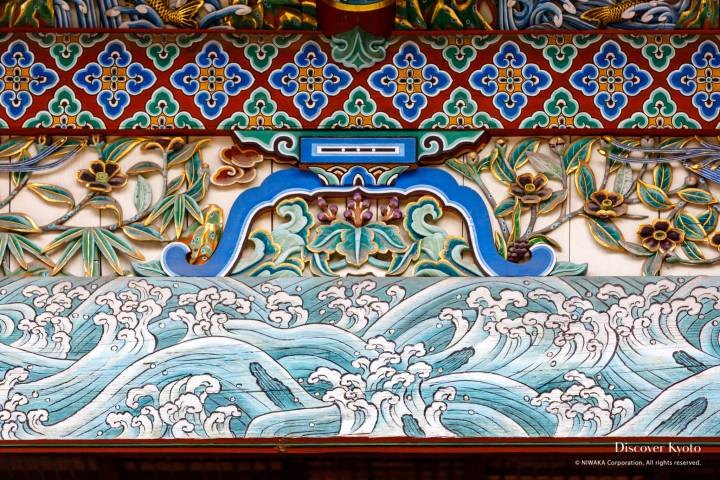


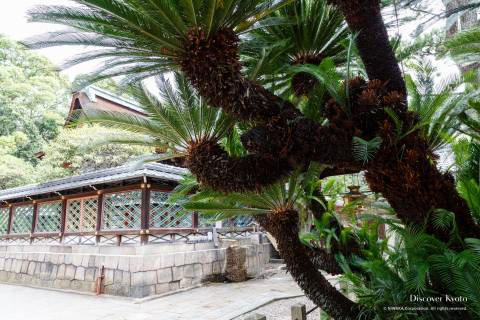
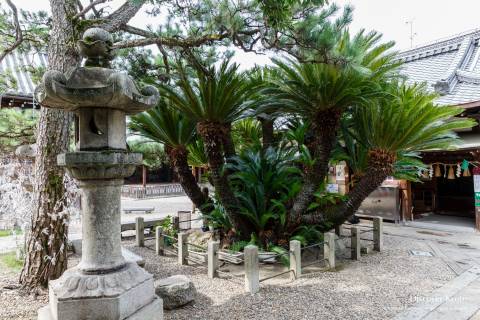 +12
+12
